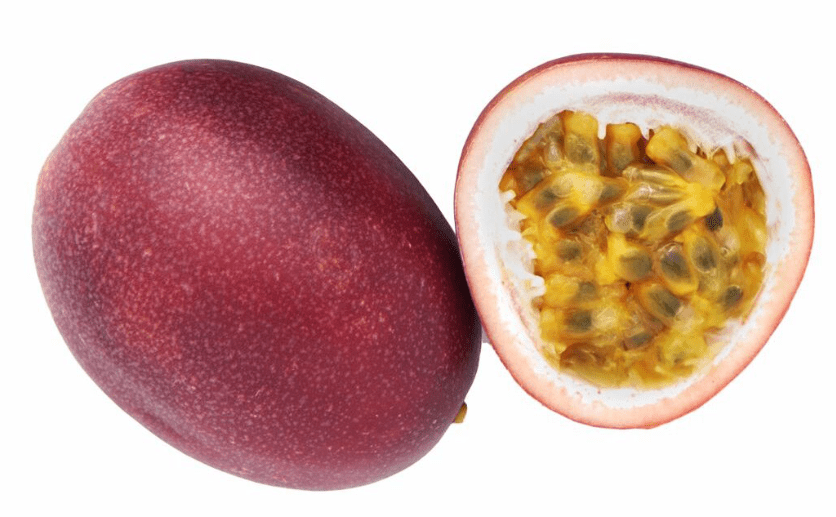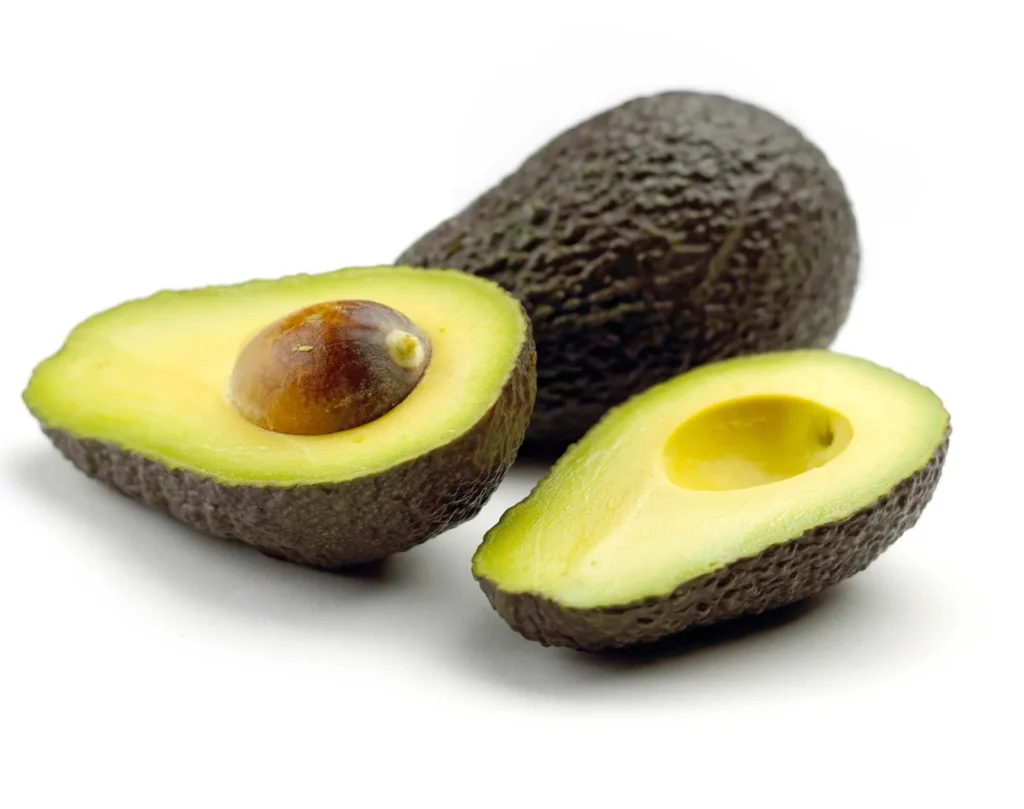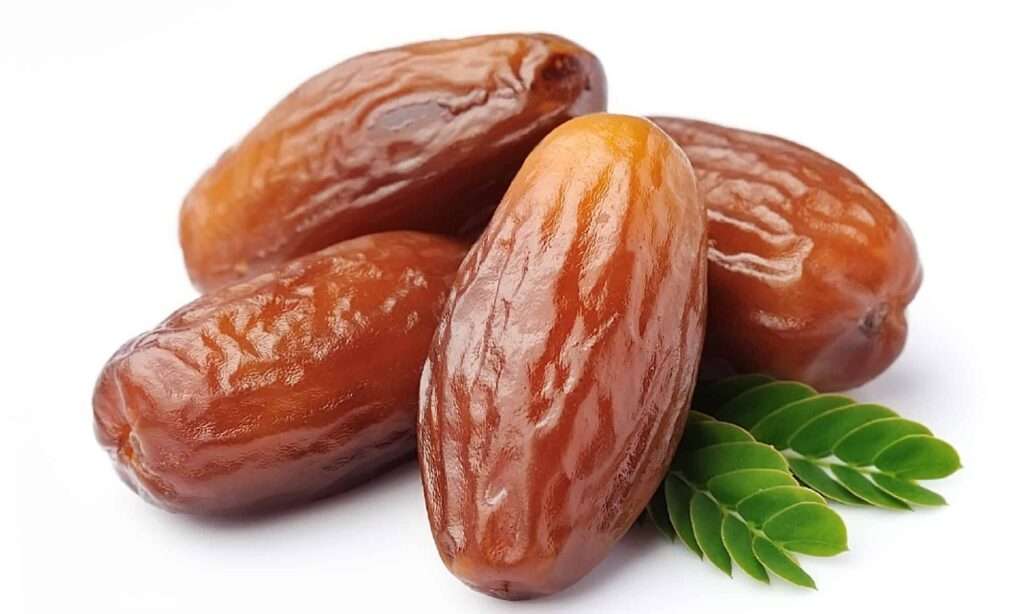
Description
The passion fruit is a little, spherical fruit. It is sometimes spelt passion fruit. When ripe, it is purple; when unripe, it is green. The fruit’s flesh covers several tiny, black seeds that are inside the fruit. It is sweet and tangy. The seeds can be consumed on their own or in a variety of dishes. In England, passion fruit is not a particularly common fruit. Passionfruit juice is a popular beverage in Venezuela.
Varieties
They can be identified by the kind of fruit they produce, which varies in size, colour, and flavour. The cholupa, the banana passionfruit, the sweet granadilla, the huge granadilla, and the yellow and purple passion fruits are the most significant varieties.

Uses
The juice is frequently used to make confections, including pies, cakes, and ice cream. The seeds can be consumed on their own or in a variety of dishes.
Nutrition
A purple passion fruit contains:
17 Calories
2 g Fiber
% of the Daily Value Vitamin C
8% of the DV Vitamin A
Cultivation
Passion fruit grows best in tropical and subtropical regions with no frost, high humidity levels, and annual rainfall ranging from 600 to 2000 mm.
Fast-draining soils (sandy loam) with a pH of 6.5 to 7 are optimal for growing passion fruit. For the purple subspecies, drainage is especially crucial because of its susceptibility to soil diseases.
Before transplanting the seedlings, root clipping should be carried out. Grafted vines must be planted with the union clearly visible and unhidden by mulch or dirt. Close planting is known to cause disease issues and require replanting after the third year. Once a year pruning once a vine of either the yellow or purple passion fruit reaches the age of two years will encourage new growth and, as a result, higher blossom and fruit production.
Table





